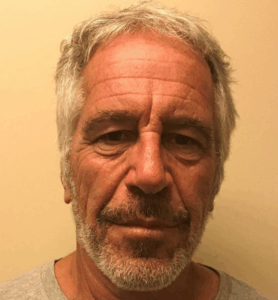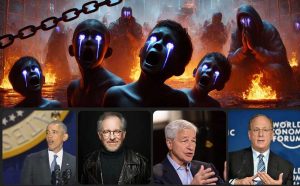Date: July 30, 2025
Byline: Investigative Desk
I. Trauma as a Marketable Asset
From Manchester Arena to Astroworld, public tragedies quickly morphed into media spectacles of grief. Behind the curtain, crisis PR firms and broadcast giants like iHeartMedia/Clear Channel ensured the framing was not about accountability but about emotion—carefully curated, heavily monetized, and legally insulated. The result: a repeatable business model in which human suffering became a springboard for ratings, streaming surges, and sponsorship opportunities.

II. Coordinated Narrative Engineering
Evidence from the Jackson Estate filings shows how crisis PR handlers worked hand-in-glove with estate lawyers and venue operators. When scandals or tragedies erupted, the syndicate’s PR partners reportedly received pre-approved scripts: language of unity, celebrity resilience, and “moving forward.” These narratives then saturated the airwaves through controlled media channels. Meanwhile, uncomfortable questions about liability or financial misconduct were drowned out by the noise of orchestrated empathy.

III. Turning Grief Into Profit
The economic mechanics were clear. After Manchester, Ariana Grande’s post-trauma rebrand fueled skyrocketing ticket demand. Following Astroworld, Travis Scott’s “redemption arc” restored his brand partnerships within months. Each cycle revealed a disturbing pattern: victimhood transformed into value—with PR handlers guiding every beat, ensuring that corporate stakeholders, not communities, reaped the benefits.
IV. Legal Firewalls and PR Amplifiers
Attorneys like John Branca and Gloria Allred allegedly partnered with PR strategists to weaponize trauma not just in the media, but in the courtroom. Sympathy-driven coverage created public pressure that influenced settlements, jury pools, and even corporate buyouts like the Jackson catalog’s $1.2 billion Sony deal. The PR narrative became a legal shield, insulating syndicate operators from scrutiny.
V. Who Controls the Story?
At its core, the crisis PR syndicate raises a fundamental question: When every tragedy is filtered through media partners with financial stakes, is the public receiving truth—or theater? What looks like organic coverage of grief may in fact be a choreographed campaign, engineered for maximum emotional impact and maximum profit.














